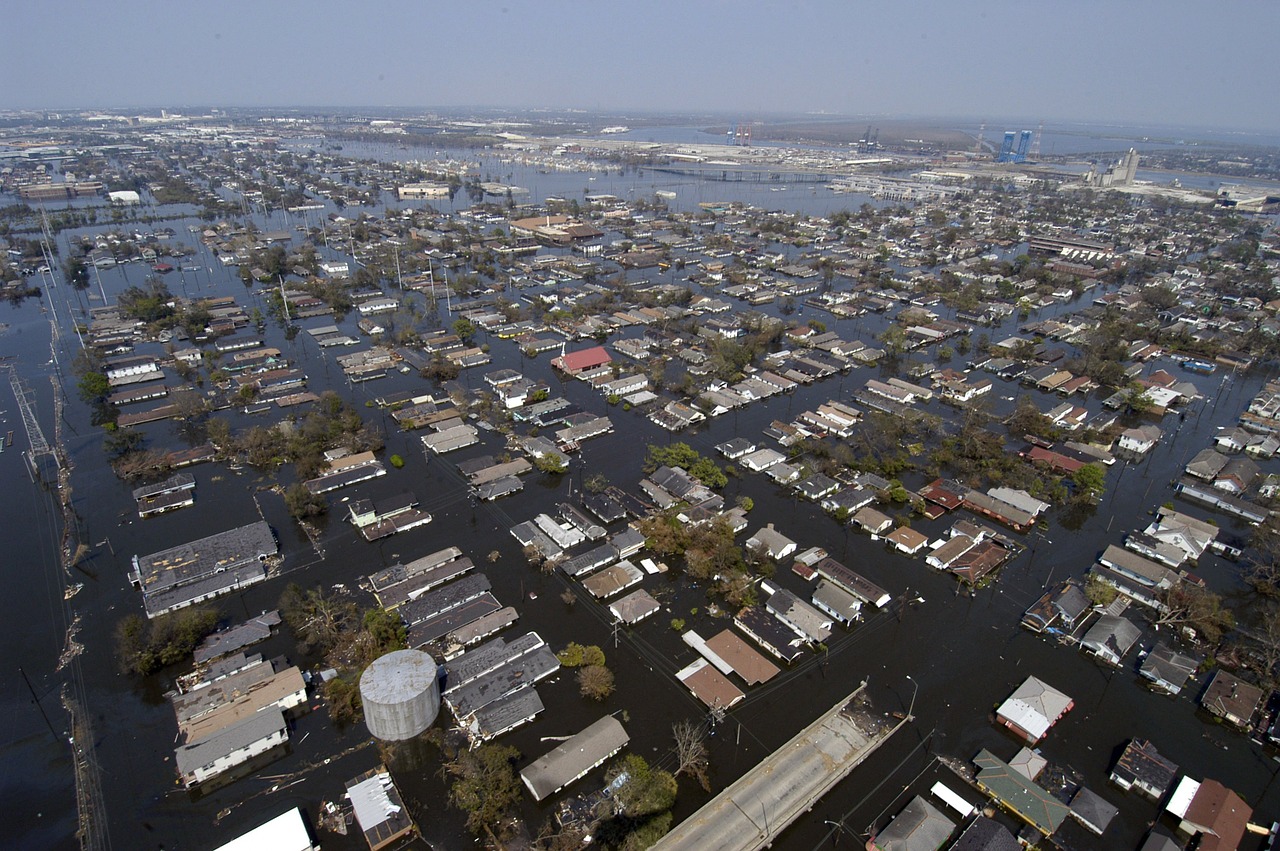Thinking On: Climate’s Impact on America’s Poor

As world leaders celebrate accord in Paris about the next climate-fighting regime, I have been contemplating the addition of climate change as a major contributor of instability to the lives of poor people in the United States who already struggle with eroding safety nets and increased income uncertainty.
Climate justice rightfully focuses on low-income nations who have a significantly lower carbon footprint and yet are more vulnerable to the effects of climate change than their wealthier counterparts. It’s important however that we look at the populations most likely to suffer in all countries.
Low-income citizens in the United States often live in areas more likely to experience extreme weather events; they also have a reduced facility to adapt and be resilient. These communities’ disadvantages can range from the seemingly innocuous, such as a lack of access to air conditioning or a car, to more substantial ones such as loss of property to flood or complete collapse of a community.
In United States, studies have shown that Superstorm Sandy hit poor residents disproportionately hard and led to a spike in the unemployment rate. The impoverished victims of Hurricane Katrina continue to suffer, 10 years after the disaster. Weather events such as droughts and intensified heat waves leave poor communities extremely vulnerable as well. In California, for example, the Center for American Progress noted that communities of color and the poor from tribal, rural and farming communities have suffered the most since 2012. The article explains:
“Low-income communities and communities of color are most vulnerable to the effects of climate change due to poor-quality housing and infrastructure, proximity to environmental hazards, and economic instability. Because these communities have been institutionally excluded from accruing wealth and assets — which are prominent indicators of a family’s ability to prepare for unexpected shocks — they are less able to survive and recover from disastrous events.”
In November, the global concentration of carbon dioxide reached 400 parts per million for the first time in recorded history, and it’s possible they won’t be back below that level again in our lifetimes. The poor are simply not prepared to add another adversity to their already difficult lives, and it’s the humanitarian duty of politicians and everyone else to fight for a global agreement that addresses climate issues and aids their transition out of poverty.
According to an EPA report, in the absence of a global policy to curb climate change, there could be 12,000 deaths annually associated with extreme temperatures in the United States. Mitigation policies could also result in $200 billion in savings to the American economy by 2100.
The past decade has already provided a peek at things to come. Environment America’s Weather Map reveals that 96 percent of Americans live in counties that have been hit by weather disasters in the last five years. Anna Aurilio, director of Environment America’s Global Warming Solutions program, says:
“We used to think of climate change as a problem that would happen someday, somewhere. But sadly, our extreme weather map shows that global warming is happening now, and it’s already hitting close to home.”
The global agreement reached at the United Nations climate summit (COP21) in Paris hopefully will cement the existing efforts by the United States to reduce its greenhouse gas emissions and help mitigate the effects of climate change. Equally importantly, it could become a catalyst, as it has already begun to be, for state-wide and city-wide action. And finally, it might help push businesses, investors, philanthropists and others to contribute to climate action.
There are already calls for the investors to move into fossil-free funds, divest from fossil fuel stocks, and finance companies that receive higher ratings in environmental, social and governance (ESG) metrics. Heron’s investee, the Sustainability Accounting Standards Board (SASB), is working to develop reporting standards to inform investment decisions along ESG metrics. Meanwhile, Heron investees such as Habitat for Humanity and PolicyMap promote resiliency by providing affordable housing to low-income families and provide policymakers mapped data to base their adaptation and resiliency efforts on. I am hopeful this will be the beginning to greater investment in climate action.
Read more of our Better Know A Deal series that offer opportunities to think about impacting society through different types of investments.
This post was prepared by Shravya Jain and was originally published in Triple Pundit. Click here to read more reflections from Heron on aspects of our work and the many reasons we do it.
Comments are closed here.